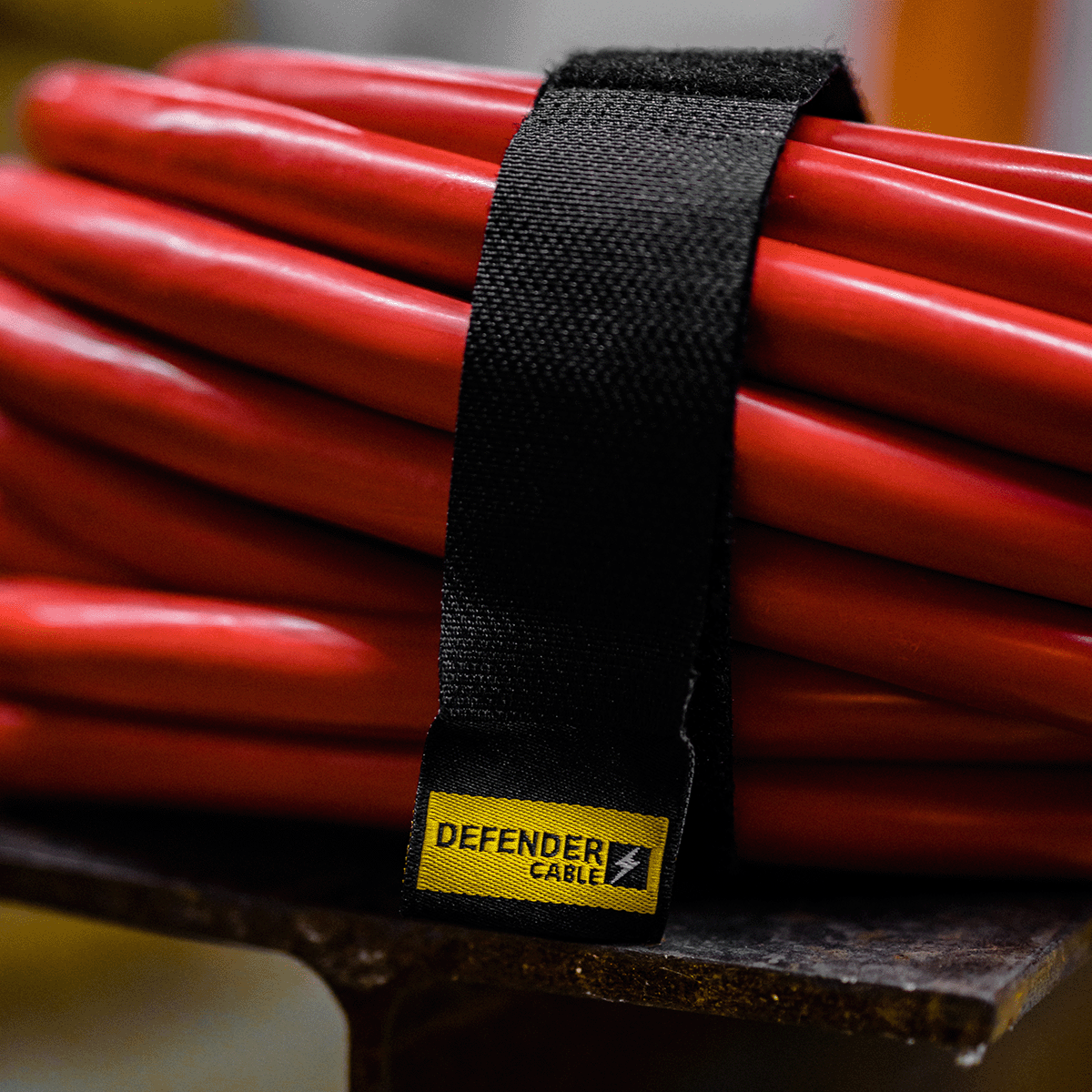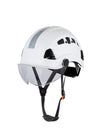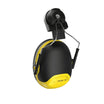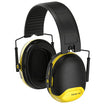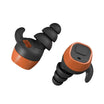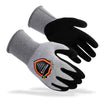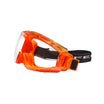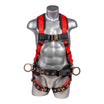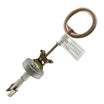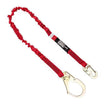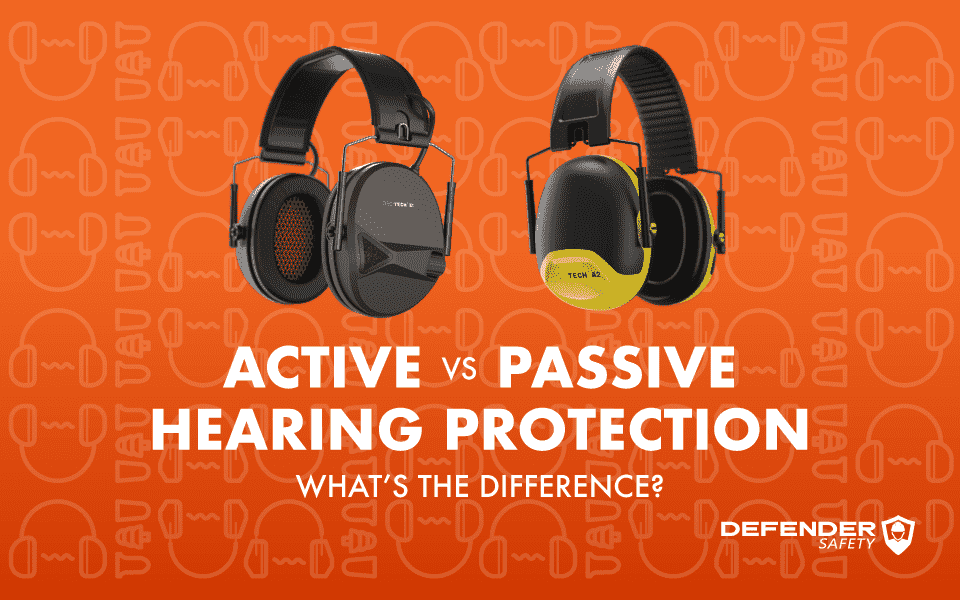Welcome to our contractor's guide for extension cords! Whether you're a professional contractor or a DIY enthusiast, you know that extension cords are an essential part of any job site. They allow you to power tools and equipment that would otherwise be out of reach, and make it possible to work in areas without nearby electrical outlets.
However, not all extension cords are created equal, and choosing the wrong one for the job can be dangerous or even cause damage to your equipment. In this guide, we'll cover everything you need to know about extension cords, from how to choose the right one for your needs, to safety tips and best practices for using them on the job site.
So whether you're running power to a remote corner of a construction site or simply need to plug in a power tool in your garage, this guide will provide you with the knowledge and tools you need to get the job done safely and effectively. Let's dive in!
To understand what type of extension cord you need for the job, you need to understand the basics:
Amps: Amperes or "amps" is the measure of the flow, or "current," of electrons through an electrical conductor. The greater the number of electrons moving through the conductor, the higher the current is. In an extension cord, the conductors are the copper wires within the cord.
Volts: Voltage or "volts" is the measure of electrical force causing the electrons to move. The greater the electrical force, the higher the voltage.
Watts: Wattage or "watts" is the measure of electricity used. Light bulbs, appliances, and other electrical devices are normally rated in terms of the watts they use.
Gauge: The diameter of the conductors within an extension cord is measured in terms of American Wire Gauge (AWG), usually shortened to just "gauge" and expressed by a number. Common household extension cords are available in 16 gauge (smallest), 14 gauge, 12 gauge, and 10 gauge (biggest). The lower the number, the bigger the gauge and the greater the amperage and wattage.
Additionally, a cord with a larger gauge will carry power a greater distance without dropping as much voltage compared to a cord with a smaller gauge. Voltage drops over distance, so to offset this, choose a cord with a larger gauge. This is especially important for appliances with motors. Attempting to run a motor on insufficient voltage can cause permanent damage. The gauge is clearly identified on the product package.
Contractor Grade: All Defender Cable cords are contractor grade. Contractor-grade extension cords are made for demanding job site use. They stand up to extreme heat and cold and offer superior abrasion resistance and excellent flexibility. These cords feature high-visibility jackets and have better resistance to oil and chemicals. Usually, the standard to look for is SJTW or STW for contractor-grade extension cords.
Length: Determine the length and gauge of the extension cord you need. The length should be based on the distance between the outlet and the device you're trying to power.
You should also know the following when you see the terms STW, SJTW, SOOW, etc this is how to read those designations. Below are designations for cord characteristics based on Underwriters Laboratories (UL) and National Electrical Code (NEC) Article 400:
- S = Standard; rated at 600 VAC
- SJ = Junior; rated at 300 VAC
- E = Elastomer; (thermoplastic rubber)
- T = Thermoplastic
- O = Oil-resistant outer jacket
- OO = Oil-resistant insulation and outer jacket
- P = Parallel construction (flat)
- W = Approved for outdoor use
- V = Lightweight, round vacuum cleaner cord
Now let’s get down to the basic 10,12,14 and 16-gauge use cases:
What Type of Cable Do You Need to Handle the Power?
Now let’s look at length and gauge compared to amps, we’ve also included the Defender Cable part numbers to coordinate purchasing decisions.
Other Factors to Look at When Purchasing Contractor-Grade Extension Cords:
Material and Durability: Look for cords made of high-quality materials that can withstand heavy use and exposure to the elements. Contractor-grade cords are typically made with thicker insulation and rubber coatings for added durability.
Capacity and Amperage: Make sure the cord can handle the amount of electricity your tools and equipment require. Check the cord's capacity and amperage rating to ensure that it can safely power your devices without overheating or causing a fire hazard.
Safety Features: Look for cords with built-in safety features like grounded plugs, GFCI protection, and overload protection. These features can help prevent electrical accidents and keep you and your equipment safe.
Length and Flexibility: Consider the length and flexibility of the cord, especially if you'll be working in tight spaces or on large job sites. Look for cords with a range of lengths and flexible designs that can bend and twist without getting kinked or damaged.
Why You Would Want Lighted Ends
A lighted end on an extension cord is a small LED light that illuminates when the cord is plugged in and receives power. The light is typically located on the female end of the cord, which is the end that plugs into an electrical outlet.
The purpose of a lighted end is to provide a visual indication that the cord is receiving power and to help locate the cord in low-light or dark conditions. This can be especially useful on job sites where lighting may be limited or where cords are often used in areas with poor visibility.
In addition, a lighted end can also help prevent accidental disconnection of the cord. If the light on the end of the cord goes out, it could indicate that the cord has been unplugged or that there is an issue with the power source. This can help prevent accidental disconnection of the cord, which can cause damage to equipment or create a safety hazard.
Overall, a lighted end on an extension cord is a small but useful feature that can improve safety and convenience on job sites and in other settings where extension cords are used.
Interested in shopping for one of our extension cords, hit the shop now button below.



